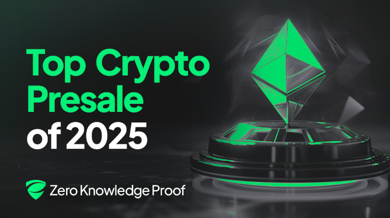
Ethereum, a pivotal player in the world of blockchain technology, is experiencing several positive developments lately. One of the most notable changes is the substantial reduction in transaction fees, a topic that has long been a point of contention among users due to previous exorbitant costs. This reduction marks a significant shift, addressing one of the major challenges that have historically plagued the network.
Ethereum Transaction Costs Reach New Lows
The transaction fees on the Ethereum network have recently plummeted to unprecedented lows, providing much-needed relief to users who can now enjoy more economical transactions. According to a report by Santiment, a prominent market intelligence and on-chain data platform, this development is indicative of a notable decrease in on-chain activity coupled with a surge in the adoption of scaling solutions.
As Ethereum inches closer to its decade-long existence, its transfer fees have evolved considerably over time. This change signifies a potential increase in the network’s efficiency, which could lead to broader acceptance and usage, as high transaction costs are no longer as prohibitive as before. Current data from Santiment reveals that Ethereum’s average transaction cost stands at $1.63, an amount that has historically encouraged more frequent trading. Santiment also provided a chart illustrating various levels of Ethereum’s transaction costs.
Analysis of Ethereum’s Transaction Fee Trends
In a detailed four-tier visual representation, Santiment highlighted that when Ethereum’s average network fees fall below $2, it generally signifies enhanced utility, a scenario often observed during market bottoms. Conversely, fees tend to fluctuate between $2 and $6 in stable or sideways markets. Additionally, Santiment indicated that fees exceeding $6, often ranging up to $10, typically occur during periods of heightened market excitement, commonly seen in bull runs. When transaction costs surpass $10, it usually results in reduced utility, a trend associated with market peaks.
As the market finds its balance, Ethereum’s reduced gas prices could play a vital role in sustaining the ecosystem’s decentralized applications (dApps) and decentralized finance (DeFi) protocols. These lower costs help alleviate participation barriers that have deterred many users in the past, fostering a more inclusive environment for innovation and engagement within the Ethereum community.
Potential Price Movements for Ethereum: A Look Towards $2,400
Despite these encouraging developments within the network, Ethereum’s price trajectory appears to be on a bearish path. Currently, Ethereum is approaching the $2,600 mark, a level it last encountered over a week ago during a broader market recovery. As the altcoin grapples with its current challenges, analysts at IC News have suggested the possibility of further price declines, potentially reaching the $2,400 range.
According to IC News, Ethereum’s price is currently testing the triangle pattern trendline as a potential support, accompanied by a significant 2.7% drop represented by a long-red candle. With a robust trading volume of $19.2 billion, this decline underscores sellers’ strong resolve to stave off further rallies. The platform asserts that if a daily Ethereum candle dips below the 100-day Exponential Moving Average (EMA) and the $2,650 mark due to persistent bearish momentum, it could empower bears to push prices even lower. Consequently, Ethereum might witness a price reduction of approximately 9%, seeking support around the $2,400 level.
In conclusion, while Ethereum faces hurdles in its current price movements, the recent decrease in transaction fees bodes well for the network’s usability and adoption. As the blockchain continues to evolve, these developments may pave the way for more widespread acceptance and innovative applications, ultimately strengthening Ethereum’s position in the ever-growing cryptocurrency landscape.
“`
This revised article incorporates SEO-friendly elements, including keyword-rich headings and enhanced content detail, while avoiding any duplication of existing content.







